An introduction to Ancient Rome
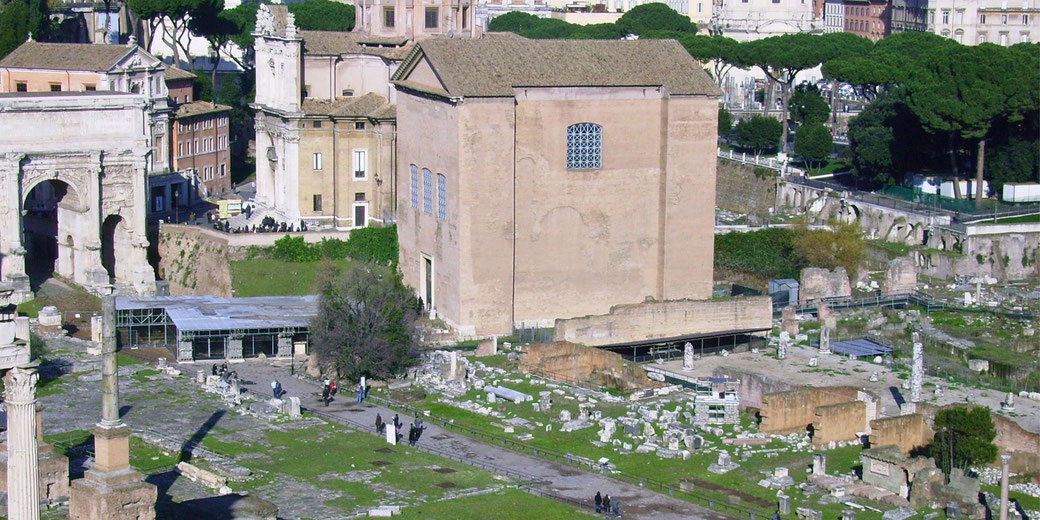
Ancient Rome is one of the most well-known of all ancient societies and its impact on the modern world can be seen around us every day.
The Roman Empire existed for over a thousand years and, at its height, stretched from Britain in the west, all the way to Mesopotamia in the east.
Everything revolved around its capital city, Rome, from which the empire was named.
During its history, ancient Rome ruled over millions of people from a wide range of cultures, languages, and regions.
The city of Rome itself grew in size and magnificence as its power grew. A vast sum of money was spent on expensive building projects like the Colosseum, the Pantheon, and the palace where the emperors lived.
Early history
The Romans believed that the city of Rome was founded in 753 BC, when a pair of twins, called Romulus and Remus fought for the right to build a city on the banks of the River Tiber.
Romulus won the fight, and the new city was named after him: Rome.
One of the most enduring images associated with Rome is a wolf with the twin boys underneath it.
Legend said that the boys were raised by a wild wolf when they were abandoned by their uncle as babies.
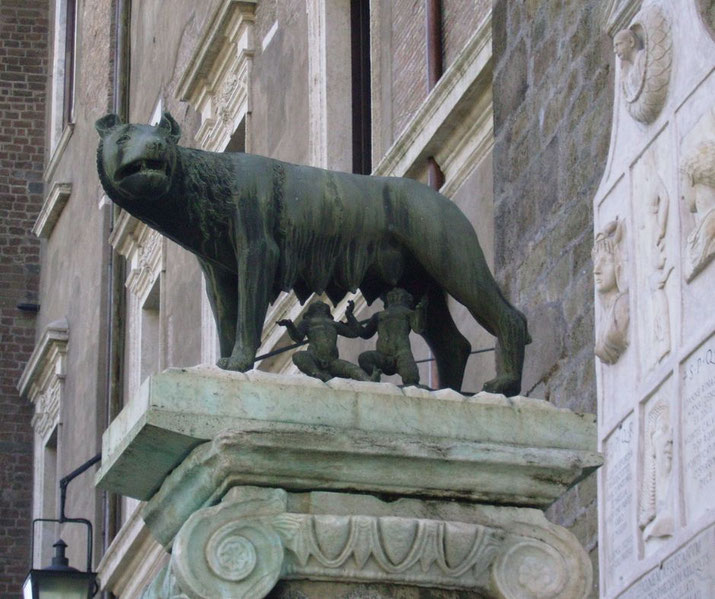
This story is mostly a myth and modern archaeologists doubt that there is much truth to it.
In comparison, there is historical evidence that the area around Rome had been occupied by small villages much earlier than 753 BC.
Historians think that at some point in the past, these small villages joined together, and the city of Rome was born.
Kings and consuls
Regardless of how the city began, it seems to have been similar to most other ancient cities where power was held by kings.
Tradition states that there were seven kings that became increasingly more selfish and harshly mistreated their subjects.
By 509 BC, the Romans had reached their limit and they drove the last king, Tarquin Superbus, out.
Instead of choosing a new king to replace him, the Romans chose to do something revolutionary: they founded a republic.
A republic held elections every year to decide who would have control of Rome.
All the power that had been held by the king was divided up among several government positions that people could be elected to.
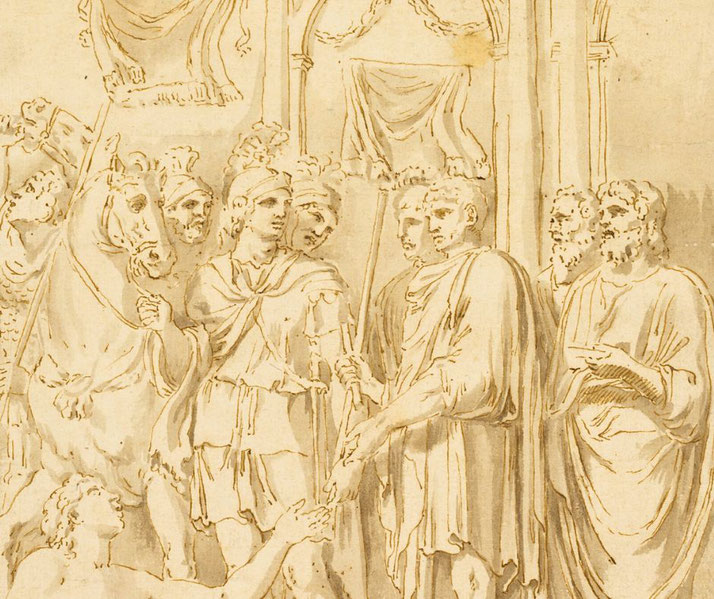
The most powerful of these positions was known as the consul, and to avoid one person becoming like another king, two consuls were elected every year.
To oversee the election process, the Romans formed a group of the most experienced people who had held any of these positions in the past.
This group of experienced politicians was called the Senate.
The Roman army
As the Roman republic continued to expand, primarily through warfare, its army had to develop as well.
The consuls were given more power and soldiers eventually became professional.
This meant that people could choose service in the army as a lifetime career: they were paid to travel around the empire and fight Rome's enemies.
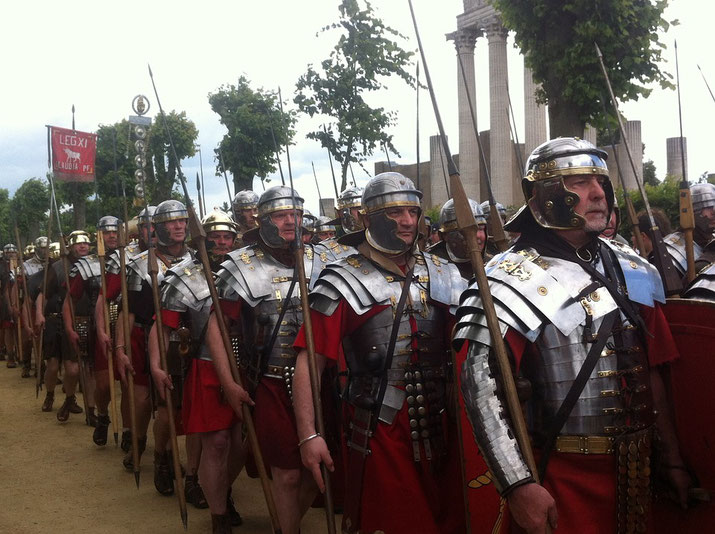
However, particular politicians used the position of consul to create personal armies that were loyal to them as their leader more than to Rome as a whole.
Several key individuals sought to be the most powerful individual in Rome and used their soldiers to march on the city of Rome to seize power for themselves.
The most famous of these politicians was Julius Caesar. In 49 BC, he marched his army to Rome, defeated his enemies in battle and became the city's most powerful leader.
Those that survived feared that Caesar was attempting to become another king and eventually assassinated him in 44 BC.
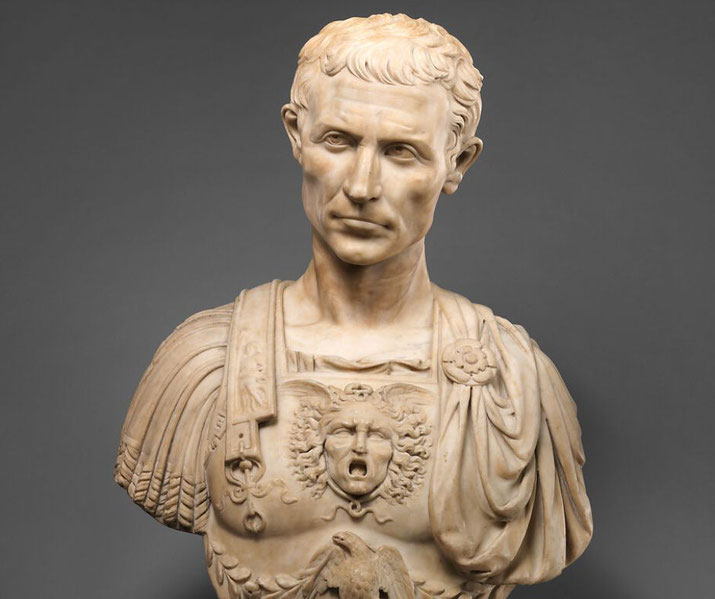
Unfortunately, the attempts to take personal power didn't end with the death of Caesar.
Within a few decades, new politicians were raising their own armies and fighting each other to take power.
Eventually, one person, called Octavius, successfully controlled Rome. He was renamed Augustus and became the first Roman emperor in 27 BC.
For the rest of Rome's history, emperors were in charge.
The fall of Rome
Beginning from the 3rd century AD, when Rome had stopped expanding militarily, the empire faced increasing difficulties.
Environmental conditions caused poor harvests, and people had less money. At the same time, the emperors struggled to suppress rebellions and revolts.
Then, a series of barbarian tribes, known as 'gothic tribes' began attacking Rome's borders.
In AD 410, one of these tribes, called the Visigoths, managed to capture the city of Rome.
This was the first time it had happened in seven hundred years.
The Visigoths destroyed parts of the city, stole valuable objects, and killed many Romans.
However, the tribe left, and the Romans managed to rebuild.
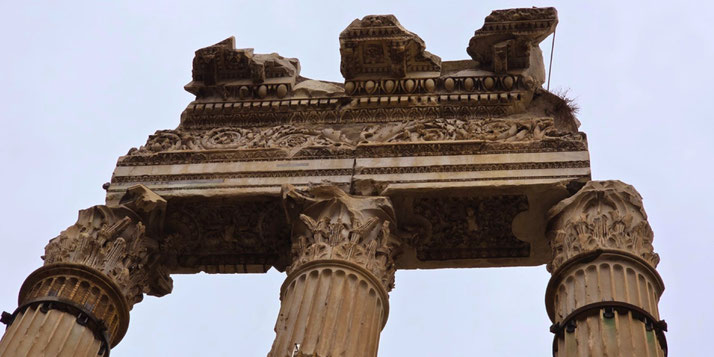
It wasn't until AD 476 that the Roman empire finally fell. The last ever Roman emperor, Romulus Augustus, stepped down from power and the gothic tribes took over the final remains of the Roman empire.
What do you need help with?
Download ready-to-use digital learning resources
Copyright © History Skills 2014-2025.
Contact via email
With the exception of links to external sites, some historical sources and extracts from specific publications, all content on this website is copyrighted by History Skills. This content may not be copied, republished or redistributed without written permission from the website creator. Please use the Contact page to obtain relevant permission.





